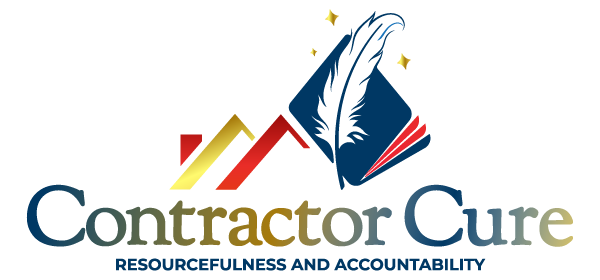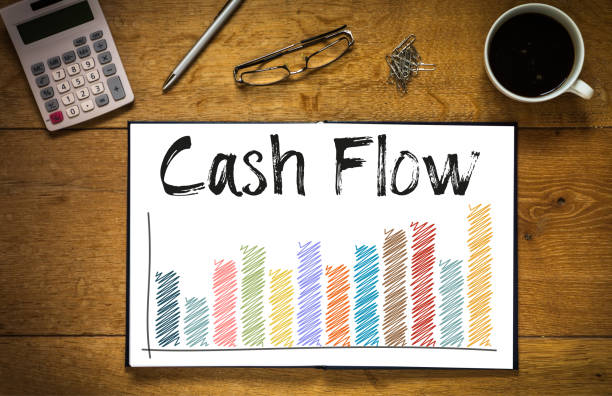Basically, your rental income should cover mortgage (excluding escrows) and interest. The escrowed amounts are typically taxes and insurance. The reason for excluding these payments in cash flow calculations is to avoid double counting since these expenses typically form part of the escrow amounts factored into monthly mortgage figures. The word escrow refers to a legal arrangement whereby a third party holds some funds or property for a period until an agreeable condition has been met. Examples include a title company holding good faith deposit on behalf of a seller towards the fulfillment of a purchase agreement. In other real estate arrangements, loan servicers or mortgage companies may hold homeowner’s funds to pay for taxes and insurance. In many cases, these funds are added into monthly mortgage payments, so a homeowner does not have to pay all the amounts at once but in a spread-out system to cover annual obligations.
As an astute investor, you should always ensure you have cash reserves for your working capital in case of default or vacancy. Also, it is not a good business practice to buy a house that has negative cash flow unless you are experienced and know how to mitigate the consequences. Some investors get into this negative cash flow situation because they borrow too much to purchase the rental. If the negative cash flow situation persists, an investor could easily start defaulting on their loan obligations resulting in potentially disastrous consequences that may lead to foreclosure (more cash flow discussion follows below in this chapter at the ROE section).
(Notes: Excerpted from “How Not to Fail in Real Estate” page 116.)








